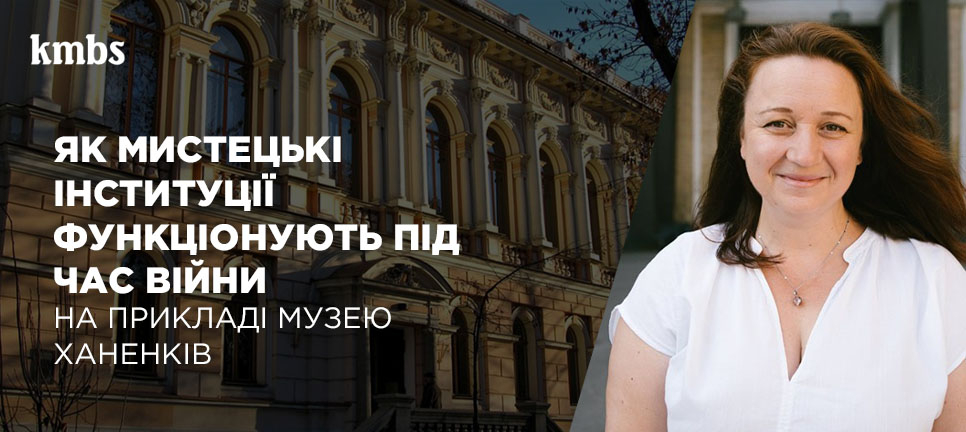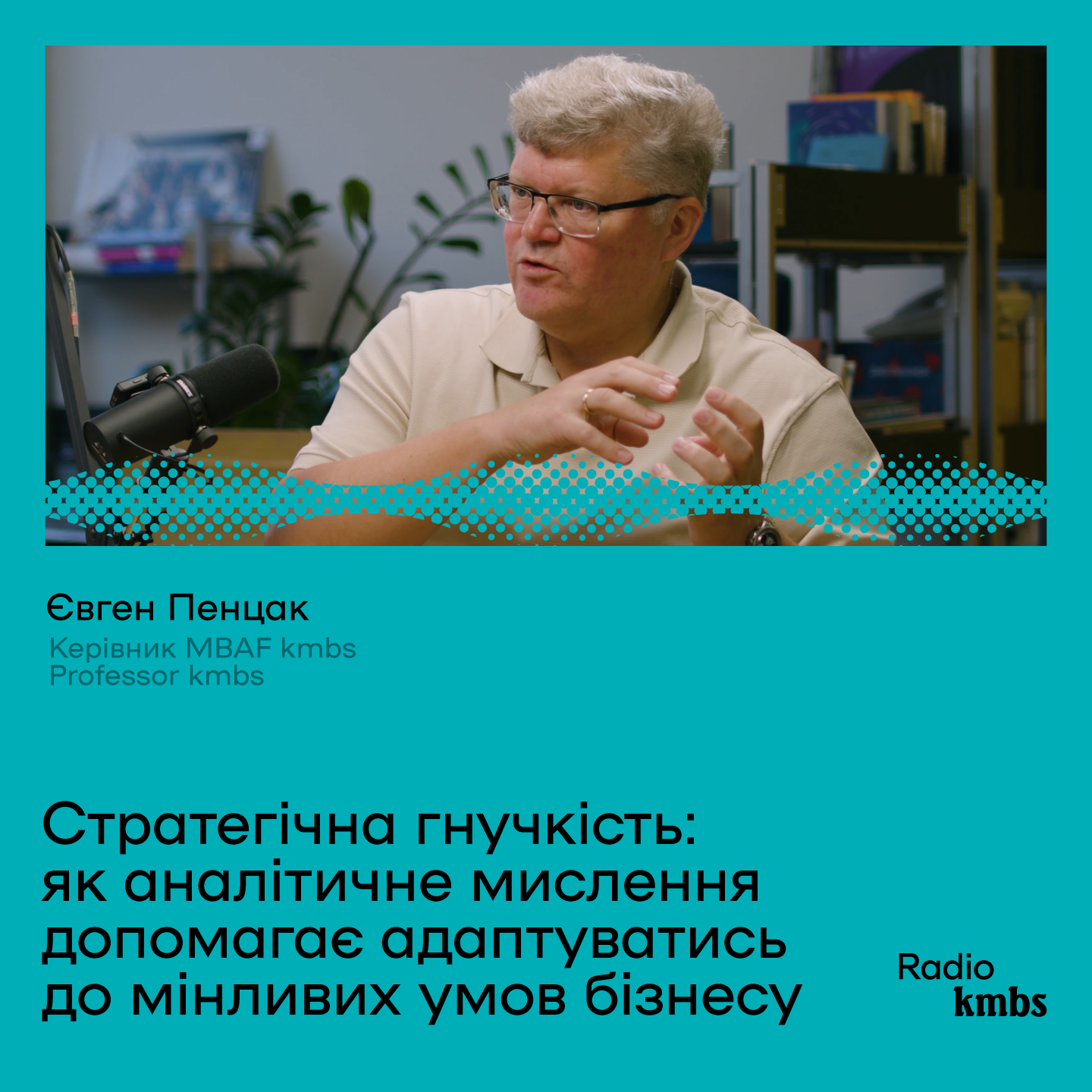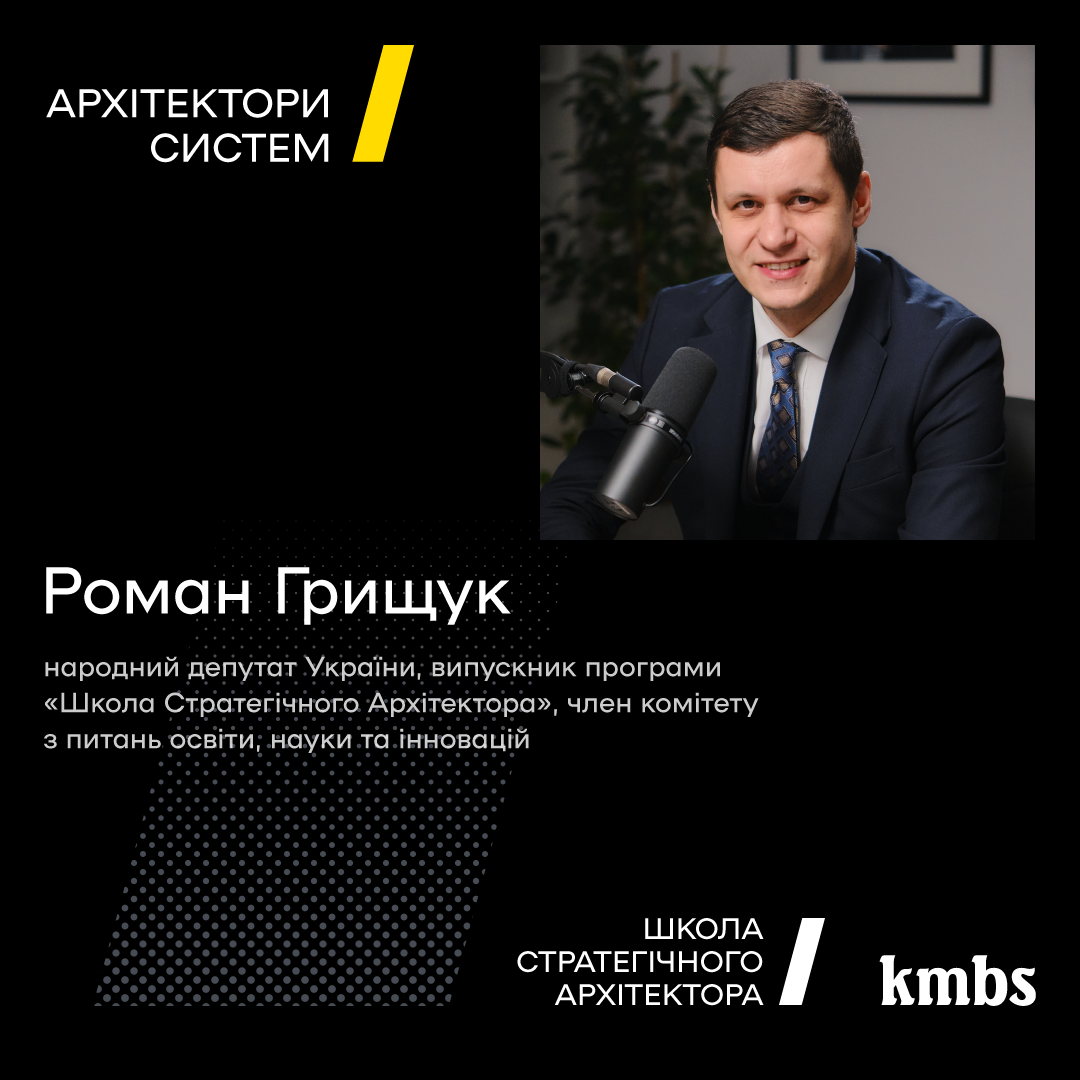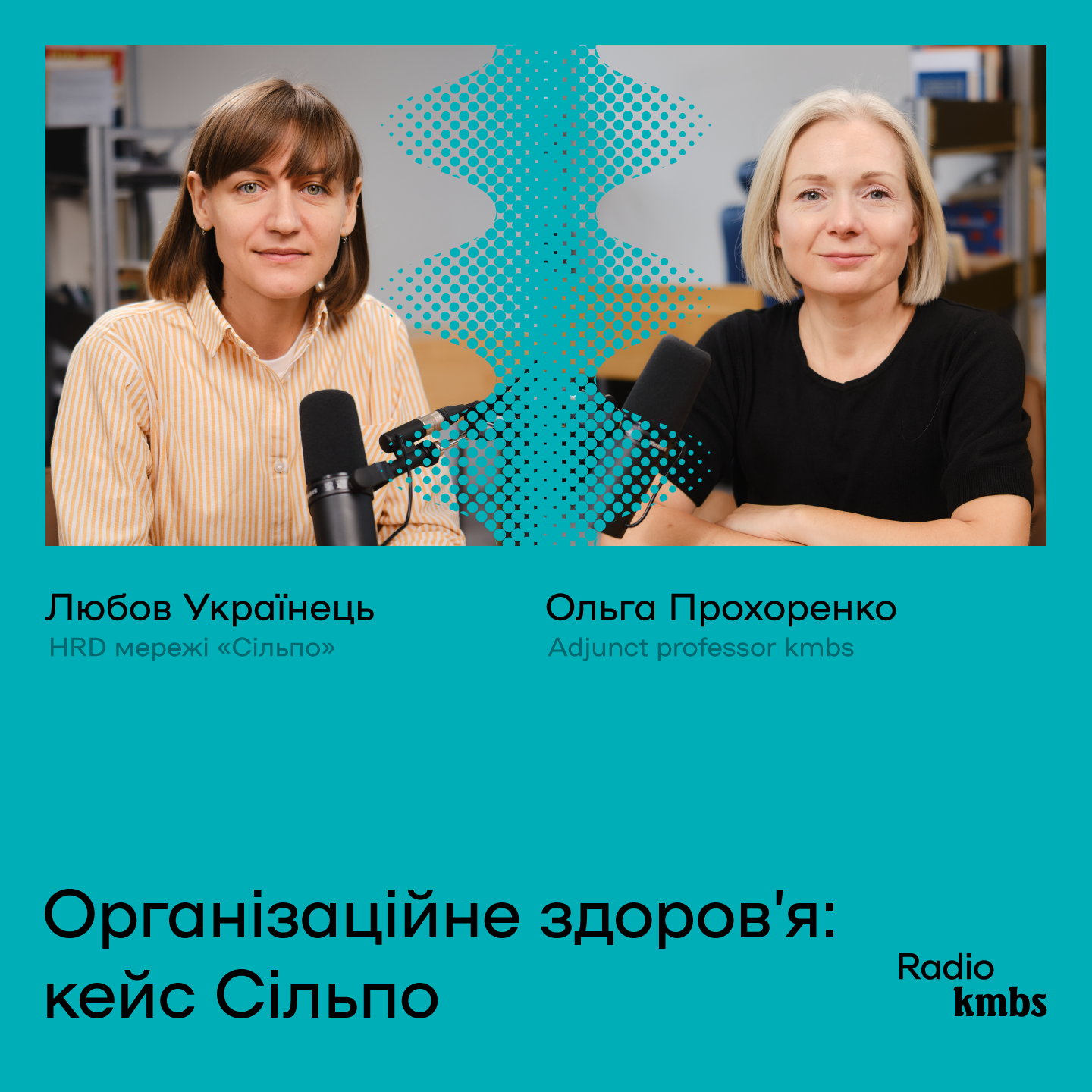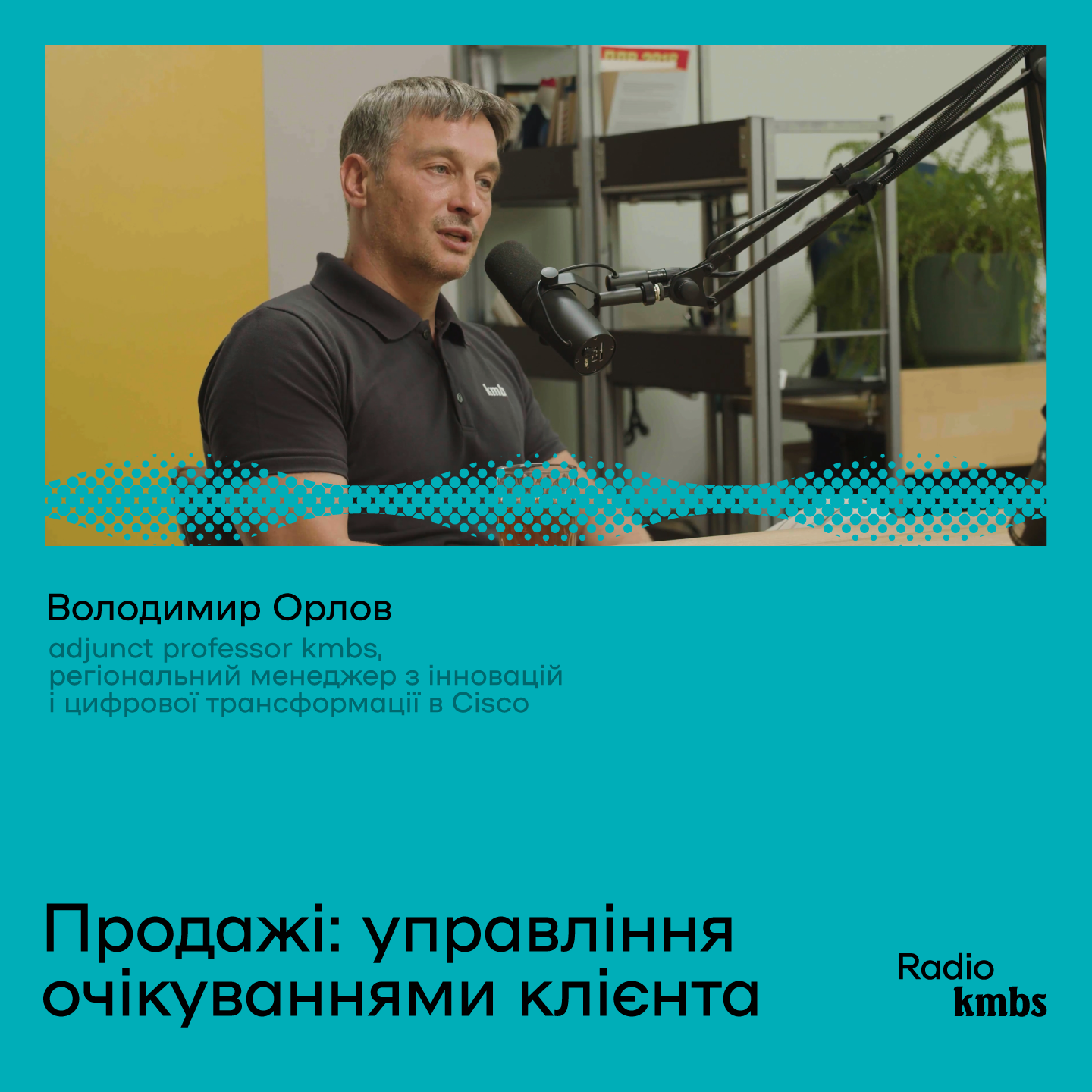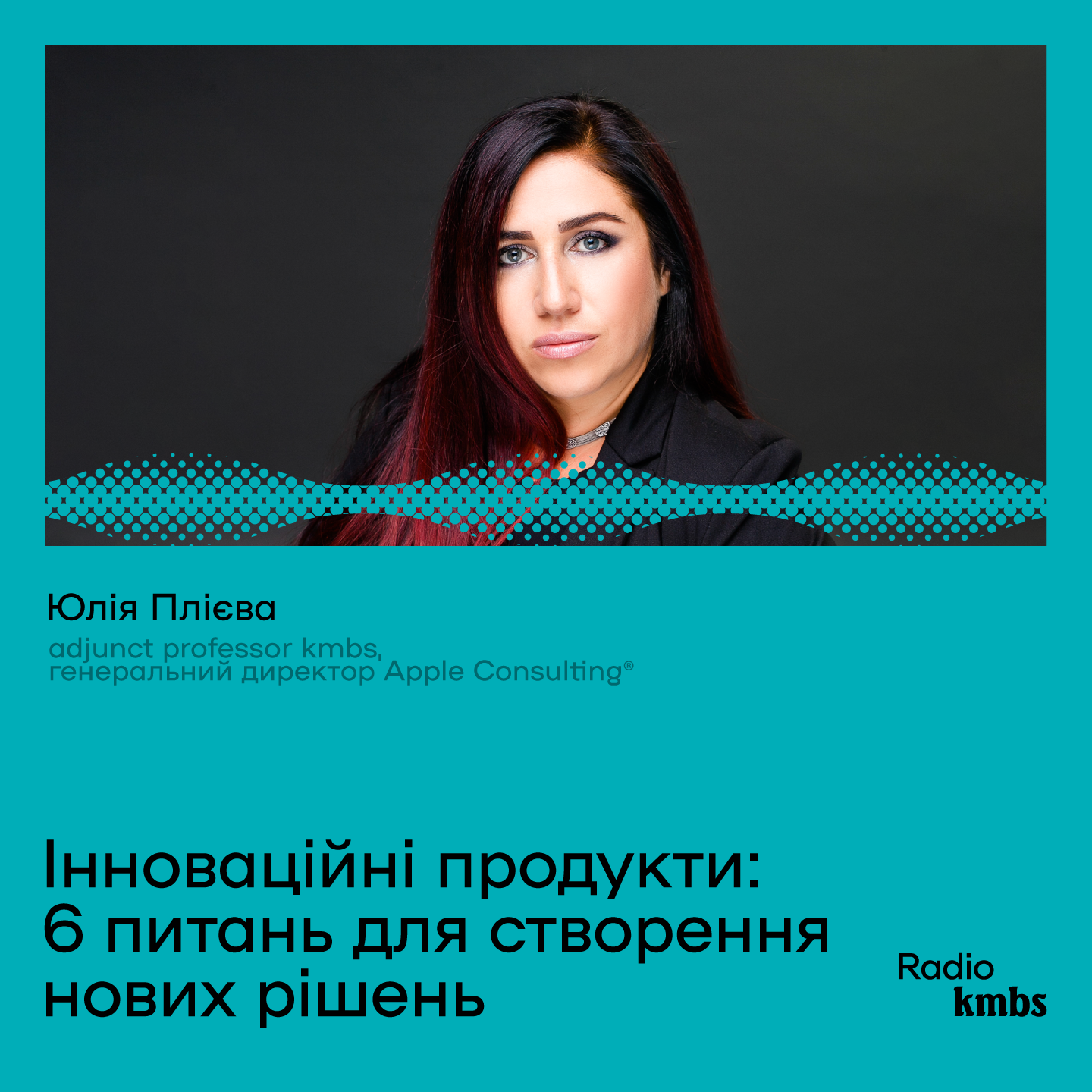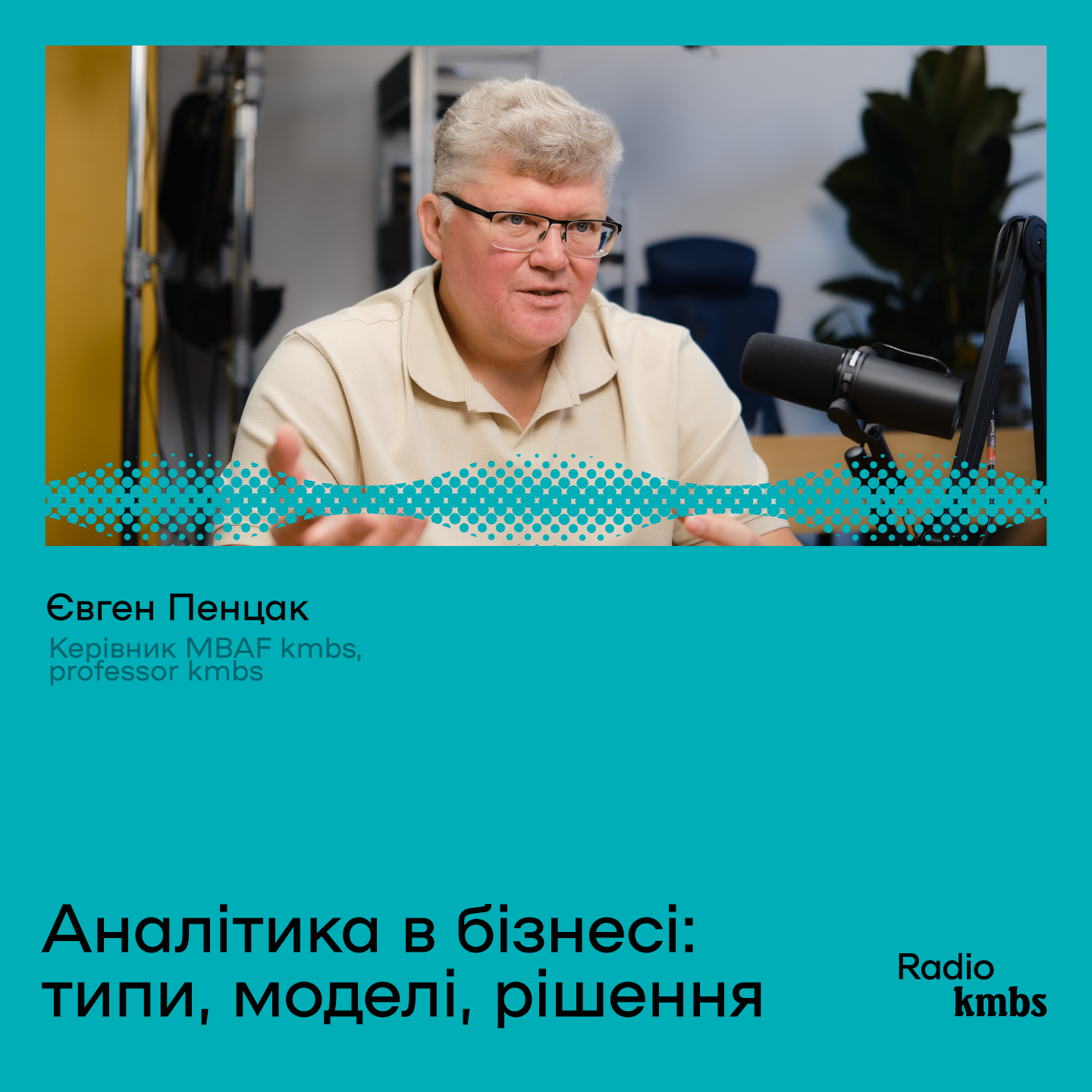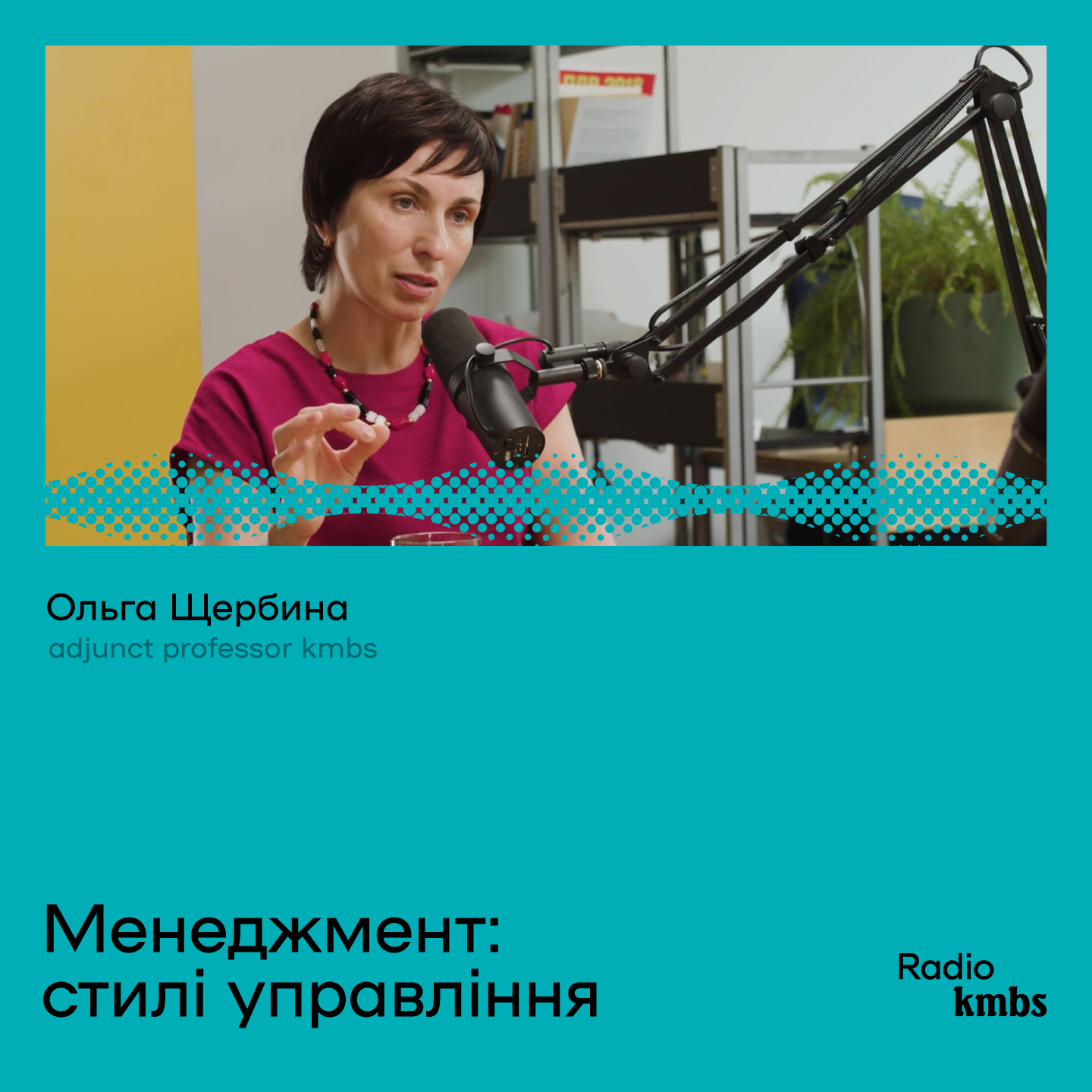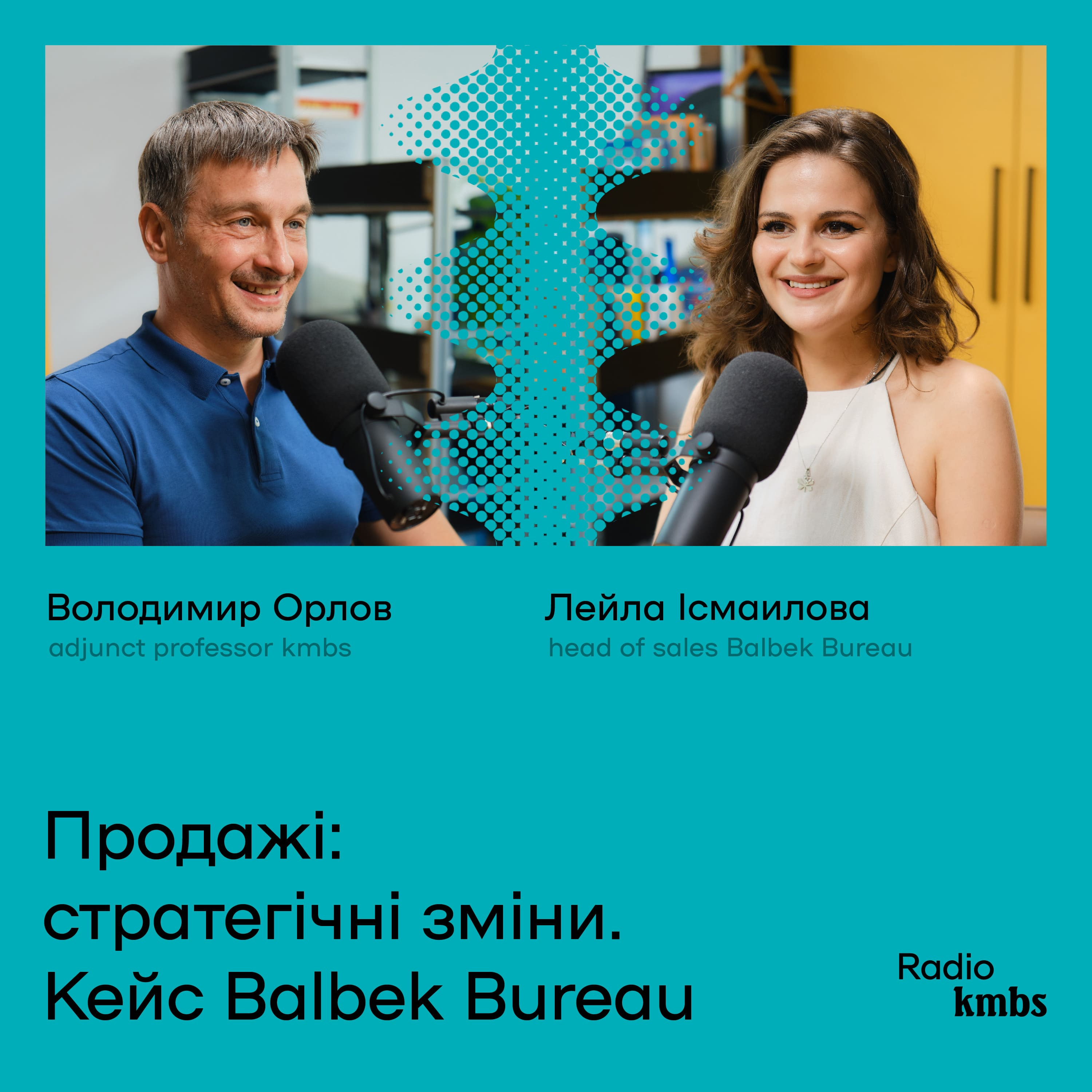"After the start of a full-scale war, we faced two main challenges - people and their physical safety and the preservation of the collection because it is the property of the society," Ms. Yulia shared her memories.
In a few months, when the threat of the occupation of Kyiv seemed to have passed, the question arose as to how the museum should now work — a building with empty walls, part of whose employees had left the country. Then came the realization that the house itself, even without exhibits, is valuable and can be interesting for visitors. The first step was the opening of the courtyard for visiting and leisure. Later tours of the museum building were introduced, and joint projects began to be implemented. One was the five-hour opera "GENESIS," in different museum rooms.
Another critical task the administration faces is retaining museum specialists with unique expertise. Now some are studying or training abroad. Others are on unpaid leave. However, part of it returned to Kyiv.
The program participants were interested in whether and how the museum cooperated with international institutions during the full-scale war. Ms. Yulia said that over the past year, assistance and interaction with foreign institutions have evolved from providing packaging materials to joint projects, such as the demonstration of Ukrainian collections by local museums, to present Ukraine in this way. "Right now, we need support for program activities the most," stated Yuliya Vaganova.
The invited speaker also touched on the issue of the positioning of museums after Ukraine's victory. It is not enough to capture exposures to preserve them. In her opinion, museum institutions should already look for new narratives and ways of representing themselves. If this does not happen and after the end of the war, the museums will open the doors to the halls with old meanings — it will be a return to sharovarshchyna, a step back.
This is the third war that the Khanenko Museum is going through. It will be recalled that in October of last year after a Russian missile hit Shevchenko Park, its building was also destroyed. Today, the museum exhibits are still not open to visitors. Still, you can participate in several art events, visit the courtyard or tour the house — more information on the official website.

